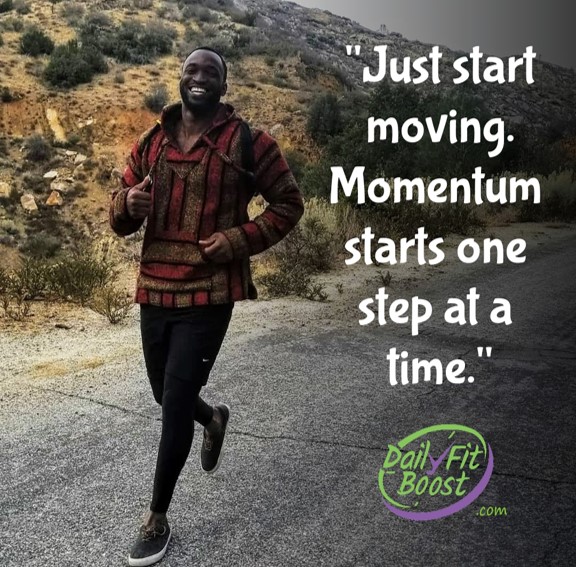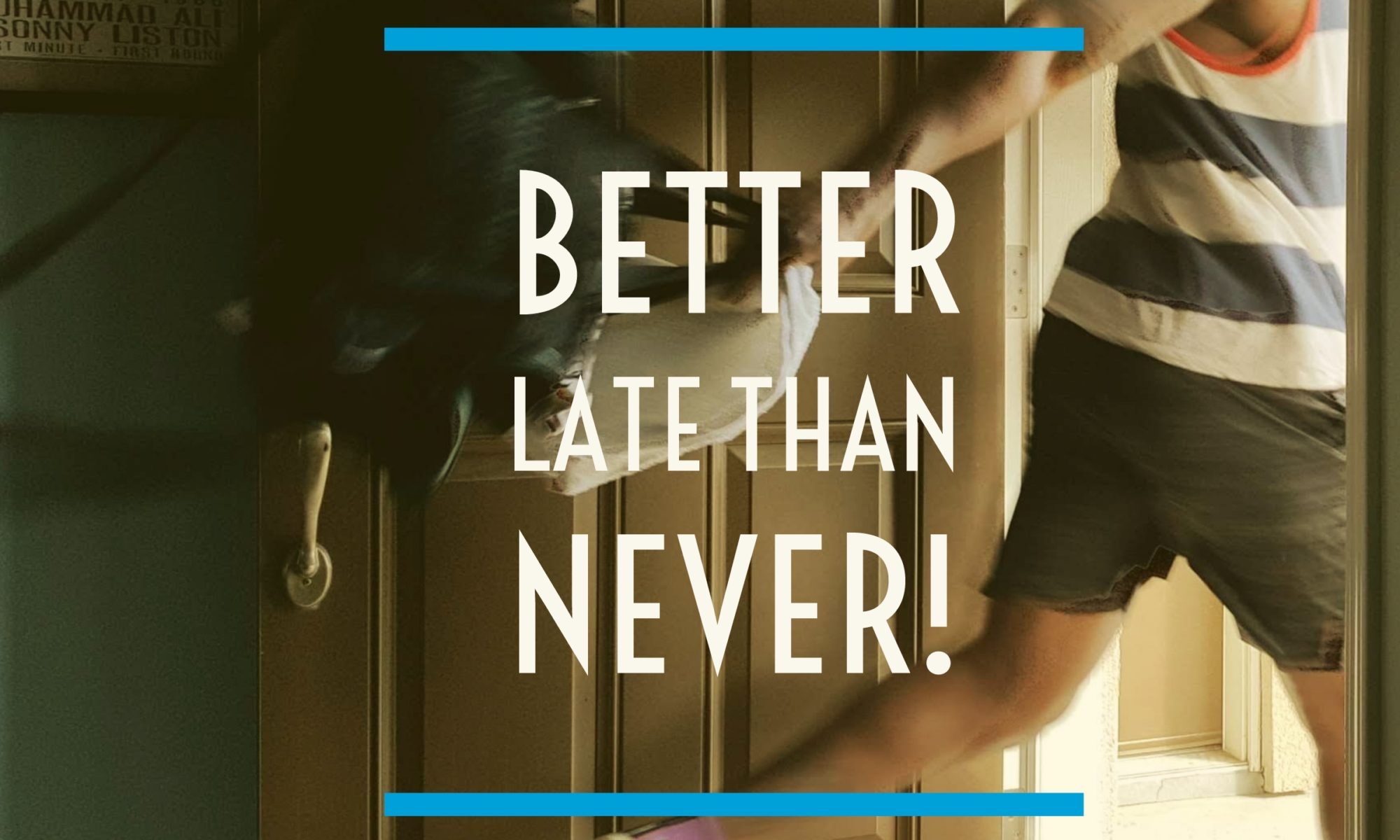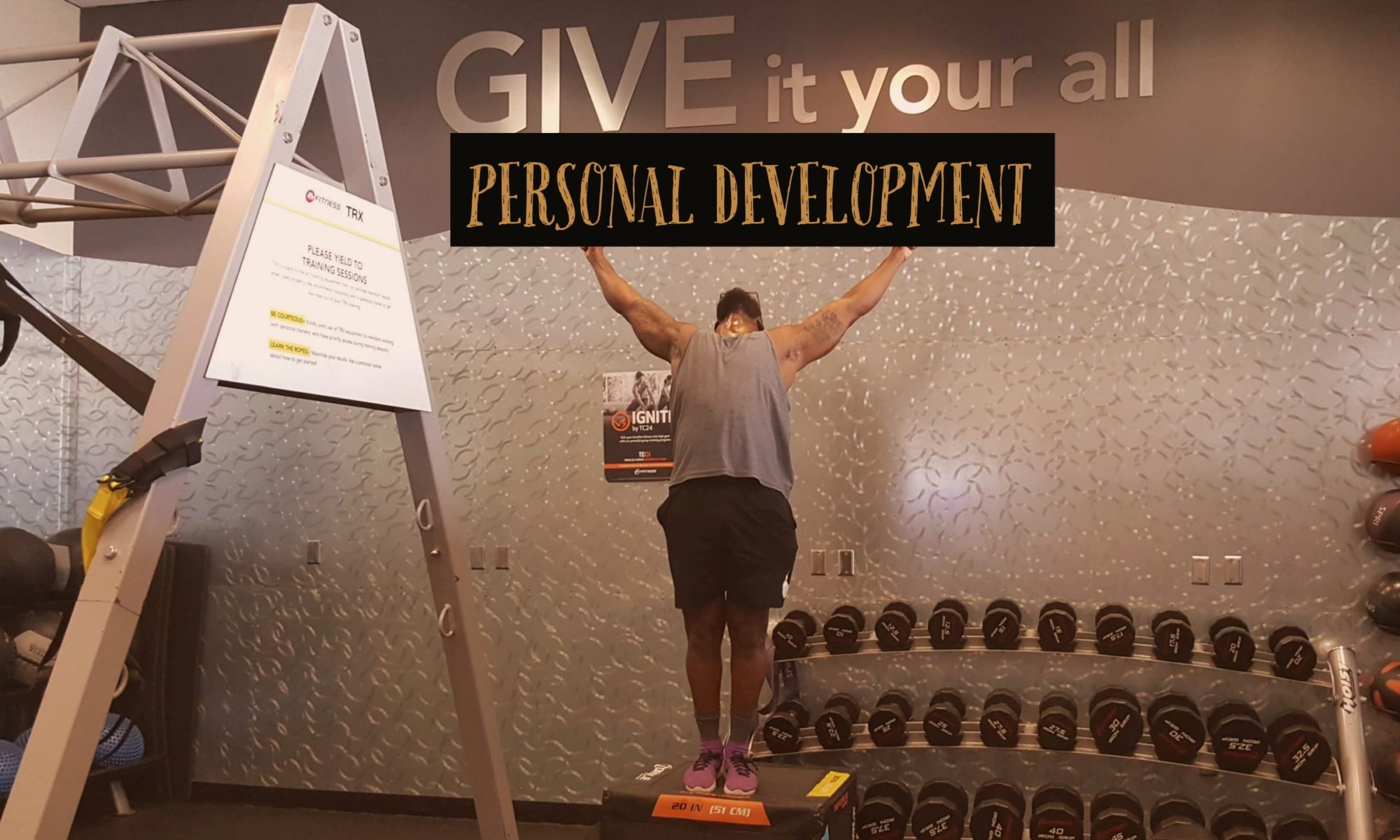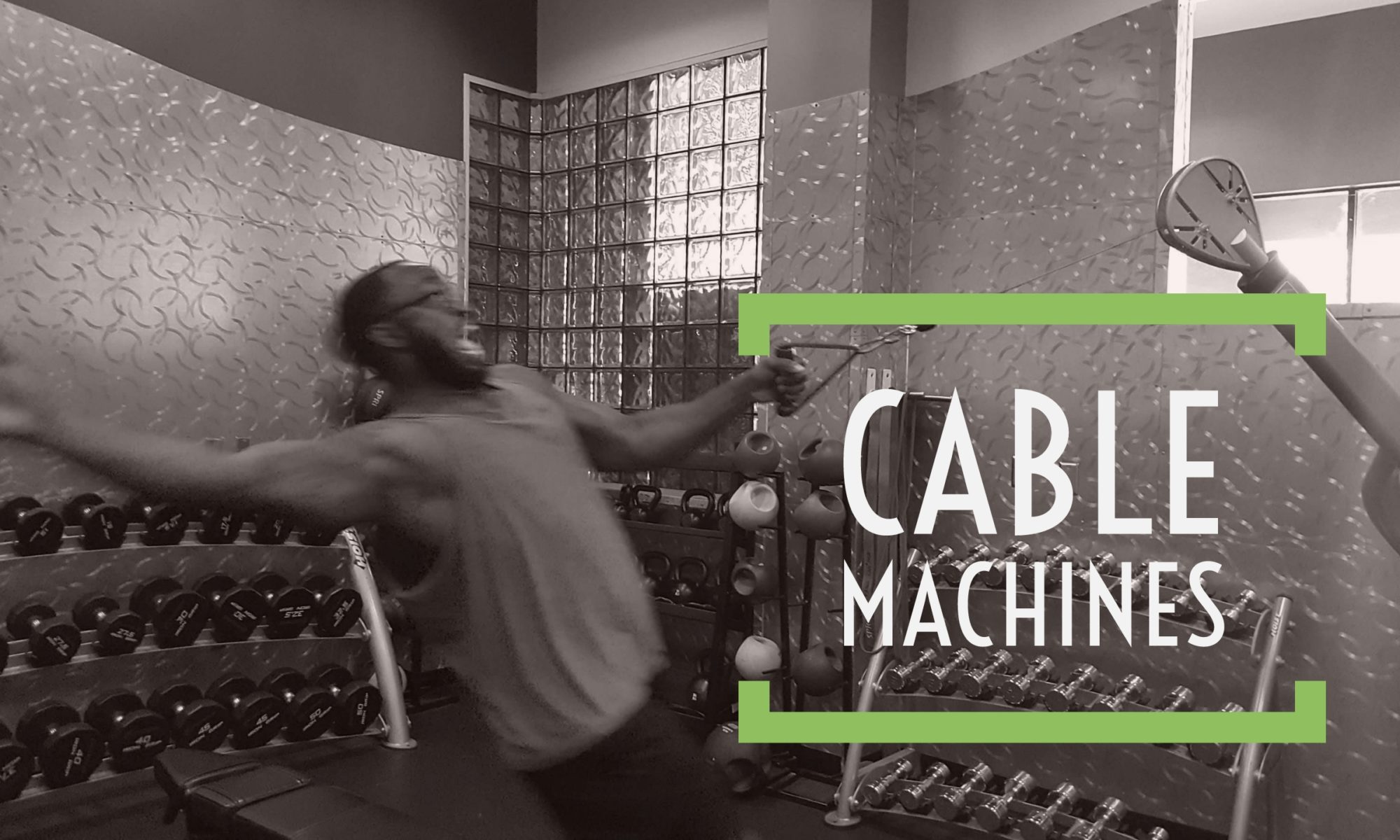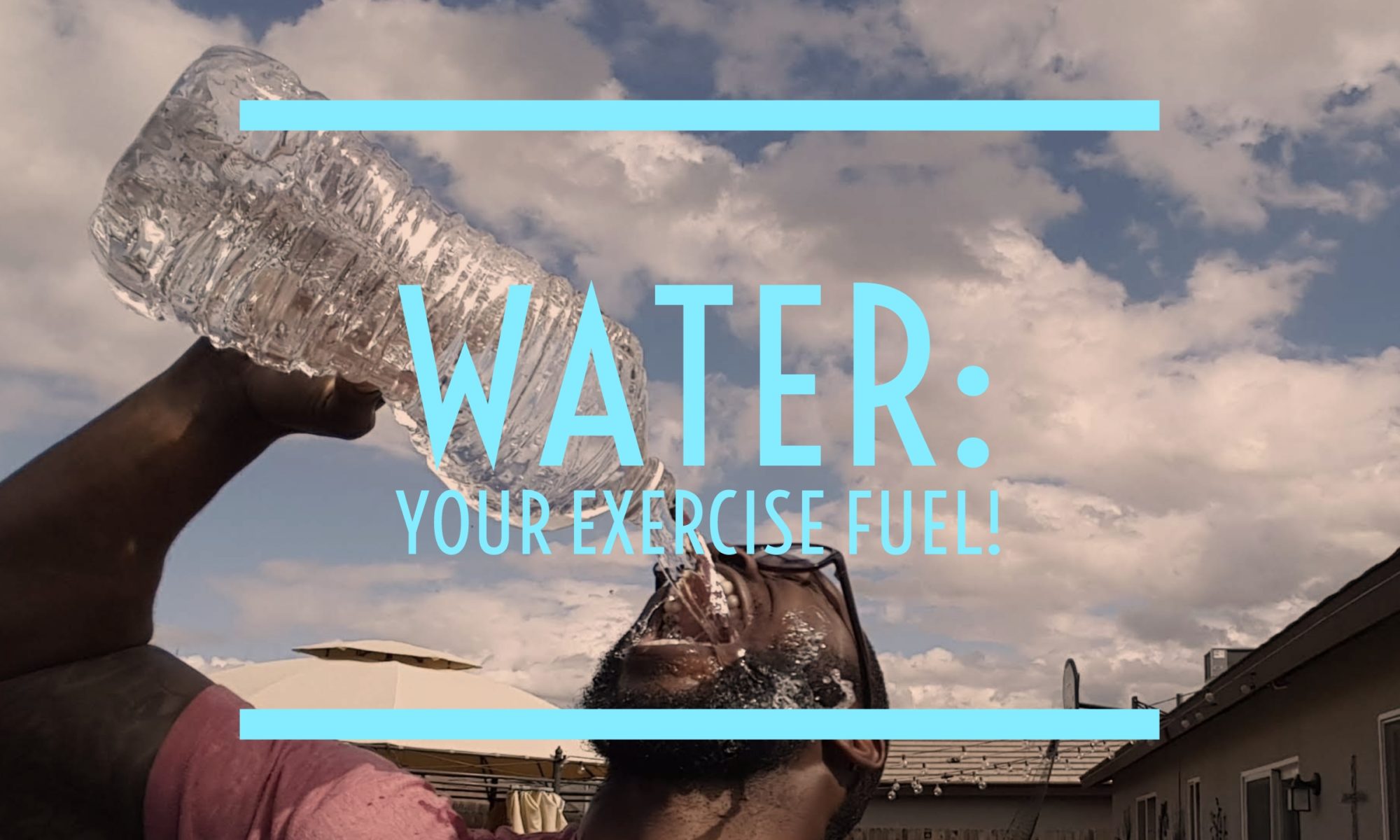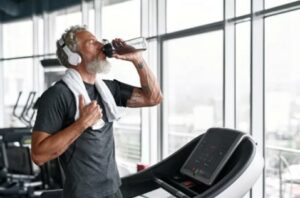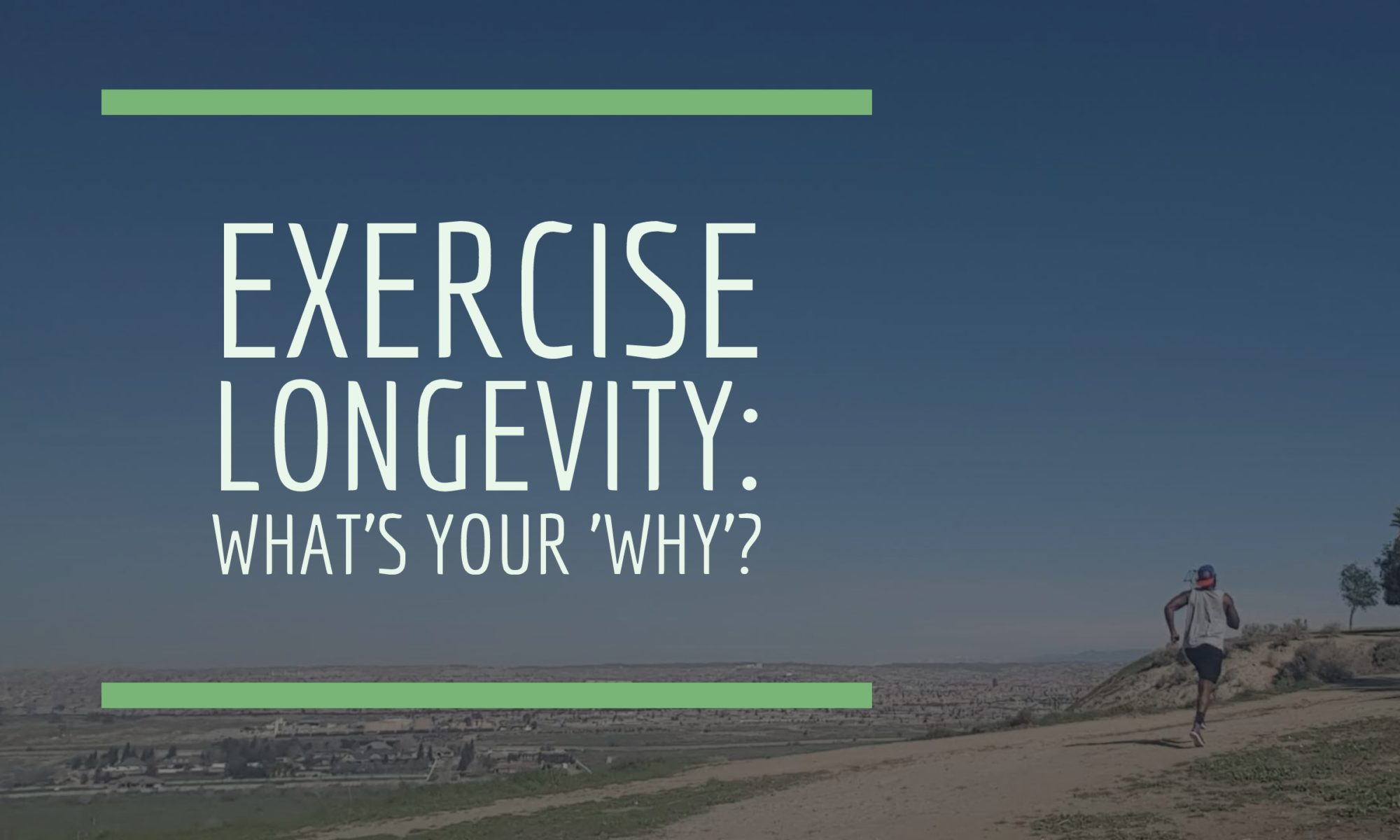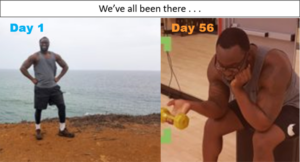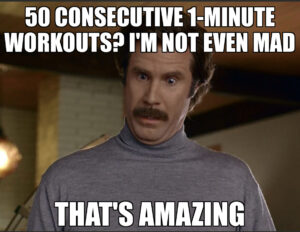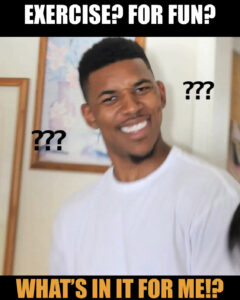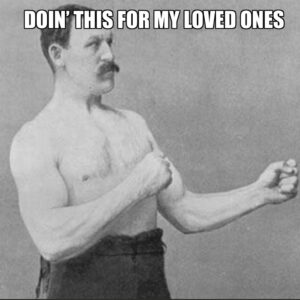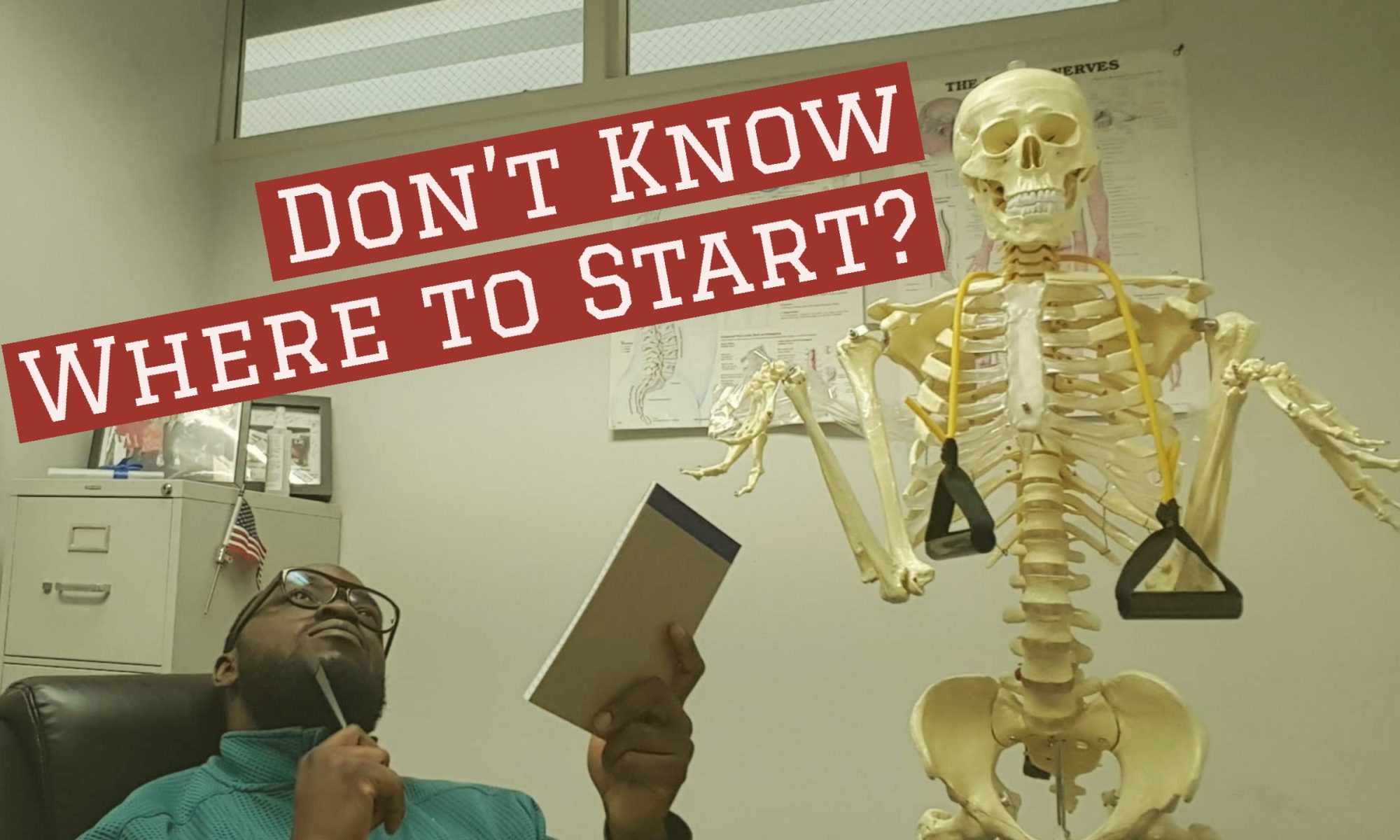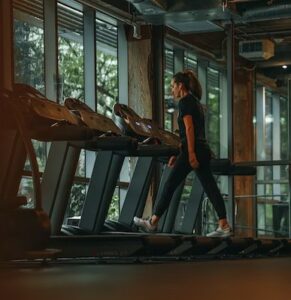Often times when we want to get started on a huge task (let say, losing weight) it’s very easy to get hung up on how long things will take. The term “paralysis by analysis” is a phenomena that occurs when one over-analyzes a situation to the point of not taking any action (eg. “what happens if I don’t lose any weight after 3 months?”). The reality is, you wont know what results you’ll have 3 months from now until you take today’s first step.
Therefore, the focus of today’s Monday Boost is to spur you into action by simply taking that first step!
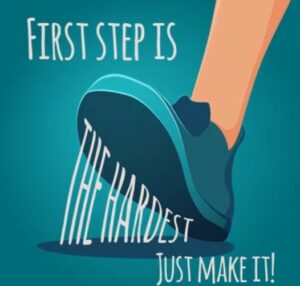
The Reason We Don’t Get Started
One component that keeps us from getting started is the psychological mechanism known as the “fight or flight” response. In short: Fear and anxiety causes us not to take a first step due to protecting one’s self. As a result, we never give ourselves the opportunity to grow and try something new (Note: This is also the environment in which the skill of procrastination, another fear-based mechanism, takes place).
So How Can I Get Out of this Fear-Based Over-Analyzing and Procrastination Emmanuel?!
Have you ever jogged down a slanted road, or slowly rode a bike downhill? The force that begins to “carry you” moments later is called MOMENTUM! This is exactly what I want for your fitness journey!
The key is: All momentum starts with one small step in the right direction.
And another step.
And then another.

Before you know it, all these small daily steps (momentum) you’ve built over time begins carrying you to you goal! See how simple that is?
Take another look at the image for this post. I started with a light jog downhill and by the time this photo was snapped I was almost nearing full stride!
Now it’s YOUR turn:
Let go of any missed opportunities in the past by recognizing that procrastination is something that most people struggle with (myself included). Make a bold decision today to take small, tiny steps towards your goal each day and let’s ride that wave of momentum together!
Key Takeaways:
- Over-analyzing leads to inactivity
- All it takes is one step small step to get momentum started
- Momentum is a collection of small steps over time

